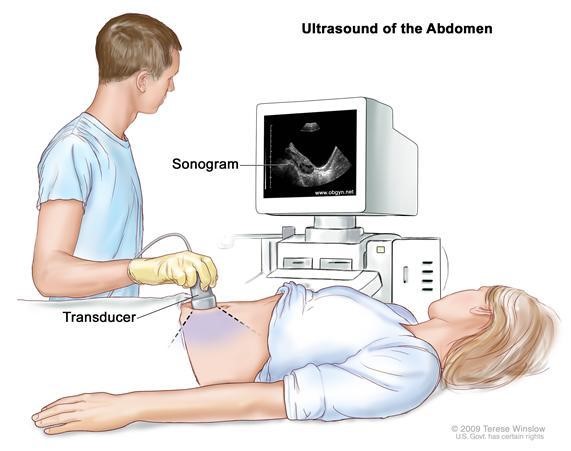A client is diagnosed with gestational hypertension and is receiving magnesium sulfate. Which finding would the nurse interpret as indicating a therapeutic level of medication?
Difficulty in arousing
Deep tendon reflexes 2+
Urinary output of 30 mL per hour
Respiratory rate of 10 breaths/minute
The Correct Answer is B
Choice A Reason: This is incorrect because difficulty in arousing is a sign of magnesium toxicity, which is a serious complication of magnesium sulfate therapy. Magnesium toxicity can cause central nervous system depression, muscle weakness, and cardiac arrest. The nurse should monitor the client's level of consciousness and stop the infusion if the client becomes lethargic or unresponsive.
Choice B Reason: This is correct because deep tendon reflexes 2+ indicate a normal and expected response to magnesium sulfate therapy. Magnesium sulfate is a muscle relaxant that can reduce the risk of seizures in gestational hypertension. The nurse should assess the client's deep tendon reflexes regularly and maintain them at 2+ or slightly diminished.
Choice C Reason: This is incorrect because urinary output of 30 mL per hour is below the normal range of 40 to 80 mL per hour and may indicate renal impairment or dehydration. Magnesium sulfate can cause renal toxicity or fluid retention, which can affect the urinary output. The nurse should monitor the client's urinary output and fluid balance and report any abnormalities to the doctor.
Choice D Reason: This is incorrect because respiratory rate of 10 breaths/minute is below the normal range of 12 to 20 breaths/minute and may indicate respiratory depression. Magnesium sulfate can cause respiratory depression or failure, which can be life-threatening. The nurse should monitor the client's respiratory rate and oxygen saturation and administer oxygen or antidote if needed.
Nursing Test Bank
Naxlex Comprehensive Predictor Exams
Related Questions
Correct Answer is B
Explanation
Choice A Reason: Nagele's rule is a formula that estimates the due date by subtracting three months from the first day of the last menstrual period and adding seven days. However, this method assumes a regular 28-day cycle and may not be accurate for women with irregular cycles or who are unsure of their last menstrual period.
Choice B Reason: Ultrasound is the most accurate method of determining the estimated due date, especially in the first trimester. Ultrasound uses sound waves to create an image of the fetus and measure its size and development. Ultrasound can also detect any abnormalities or complications that may affect the pregnancy.
Choice C Reason: Gestation wheel is a circular calendar that estimates the due date by aligning the first day of the last menstrual period with a corresponding date on the wheel. However, this method also assumes a regular 28-day cycle and may not account for variations in ovulation or implantation.
Choice D Reason: Birth calculator is an online tool that estimates the due date based on various factors such as the last menstrual period, cycle length, ovulation date, conception date, or ultrasound date. However, this method may not be reliable as it depends on the accuracy of the input data and the algorithm used by the calculator.

Correct Answer is A
Explanation
Choice A: Hemodilution of pregnancy is a normal physiological phenomenon that occurs when the plasma volume increases more than the red blood cell mass, resulting in a lower hemoglobin concentration. The normal hemoglobin range for pregnant women in the second trimester is 10.5 to 14 g/dL.
Choice B: A multiple gestation pregnancy may cause a higher hemoglobin level due to increased erythropoietin production by the placenta. The normal hemoglobin range for pregnant women with twins in the second trimester is 12 to 16 g/dL.
Choice C: Greater-than-expected weight gain is not related to hemoglobin level. Weight gain during pregnancy depends on various factors such as pre-pregnancy weight, nutrition, activity level, and fetal growth.
Choice D: Iron-deficiency anemia is a condition where the hemoglobin level is below the normal range due to inadequate iron intake or absorption, blood loss, or increased iron demand. The signs and symptoms of iron-deficiency anemia include fatigue, pallor, weakness, shortness of breath, and pica.
Whether you are a student looking to ace your exams or a practicing nurse seeking to enhance your expertise , our nursing education contents will empower you with the confidence and competence to make a difference in the lives of patients and become a respected leader in the healthcare field.
Visit Naxlex, invest in your future and unlock endless possibilities with our unparalleled nursing education contents today
Report Wrong Answer on the Current Question
Do you disagree with the answer? If yes, what is your expected answer? Explain.
Kindly be descriptive with the issue you are facing.
